Language
SELECT YOUR WINCH.
GOLIATH has been designing and making, for more than 30 years, winches that are used in a great number of industries.
The manual winch is a safety device governed by strict technical rules and whose design is framed by the European standard EN13157 A1.
Here are some criteria to be taken into account to select the right winch.
Lifting concept
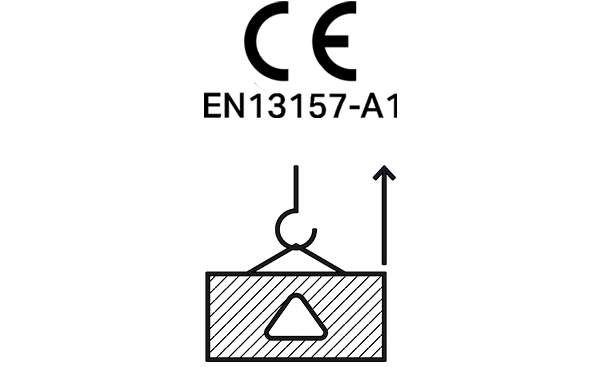
The winch associated with this operation must be compliant with the standard EN13157 A1 to be EC marked. It must in particular have a permanent safety brake when loaded (as the range of ratchet winches does not have a self-braking system, it is therefore not suitable for lifting applications). This device is crucial to ensure your safety and the compliance of your facilities.
The winch safety brake makes it possible to hold the load when all action on the handle is stopped. The latest generation of GOLIATH safety brakes (internal, permanent and independent from the handle) of the TPV,TA and TS winches offer constant safety, including when the handle is removed (prevents unauthorised access to the winch).
Pulling on an inclined plane: Pulling on an inclined plane is a lifting operation

Force on the handle: 12 kg maximum recommended
Quality winches designed in compliance with the European standard EN13157 A1, are provided for a maximum load capacity with a force on the handle that cannot exceed 25 kg first layer and last layer load).
This is a rated capacity and not a capacity of use. In general, one considers that a 12 kg force on the handle is acceptable. To obtain this maximum force level, the load on the winch should be limited to approximately 50% of its rated value.
Please note that the latest generation of TPV-TA winches are equipped with 2 reduction axes making it possible, according to uses, to divide the force on the handle by 2. See the new generation of TA-TPV winches
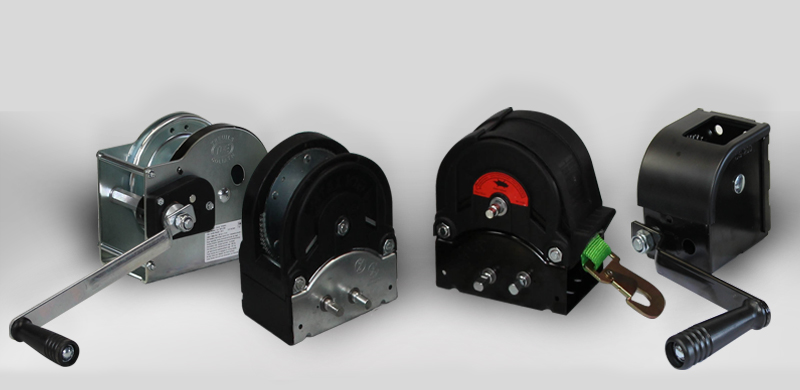
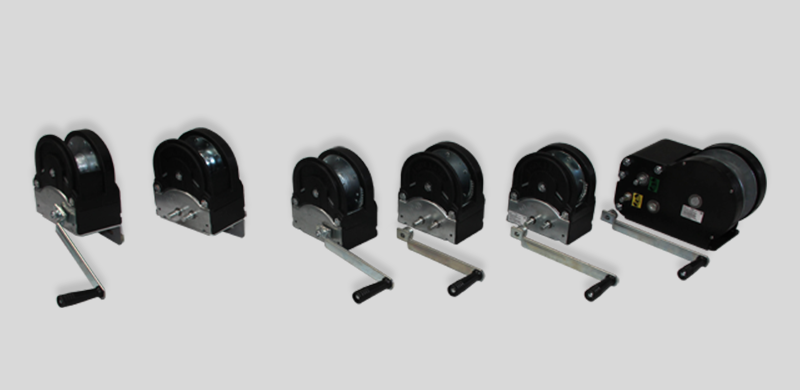
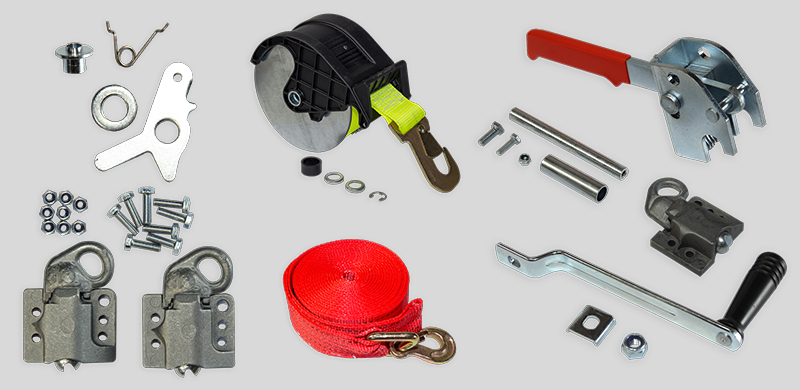
Capacity: The wound cable length has an impact on the winch capacity
The load capacity of the winch (100% force applied directly to the cable) depends on the cable winding level on the drum. In fact, the mechanical force transmited by the cable to the winch proportionally increases with the winding of the latter on the drum. In other words, the more the load is lifted, the more the transmitted force is significant, thereby reducing the capacity of the winch. For this reason, the standard considers a first layer and a last layer load:
- 1st layer (drum pitch diameter diagram)
The first layer is the minimum filling level of the drum. The load capacity of the winch given for a 25 kg force on the handle is then maximum, but is not a use value, as the winch cannot be used with this load (lifting/winding capacity equal to 0).
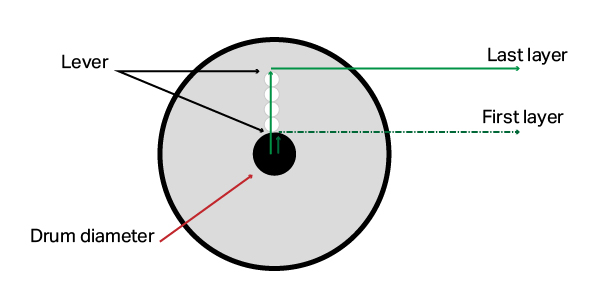
- Last layer (full drum diagram)
The maximum last layer load value, still for a 25 kg force on the handle, is the maximum capacity of the winch if the cable is completely wound on the drum.
Consequently, the winch capacity will depend on the cable length wound on the winch when the load is lifted to the maximum. To optimise this value and select the winch best suited for the application, it is necessary to limit the cable length wound on the drum to strictly: lifting height + 1 metre (minimum safety winding on the drum). Our Goliath Store configurator allows you to carry out simulations and indicates the references best suited for your application.
Cables: Adhere to the recommended diameters
Each winch is determined according to a cable diameter adapted to its capacity. It is then recommended for optimum use of the winch to use the corresponding cable. A cable with a close diameter can eventually be used. WARNING! In this case, the winch capacity will eventually be reduced proportionally to the difference in breaking capacity of the cable.
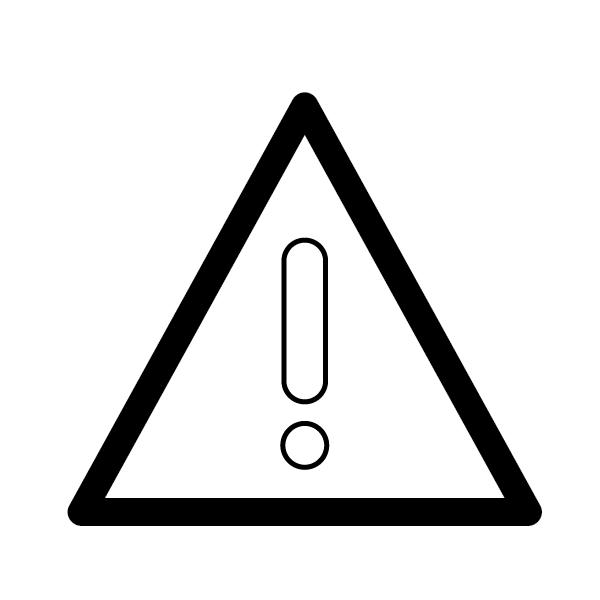

Protective cover: Compulsory to be compliant with the EC standard and for your safety
It is imperative that the winch be equipped with a protective cover preventing access to the mechanism in order to avoid any accident.


